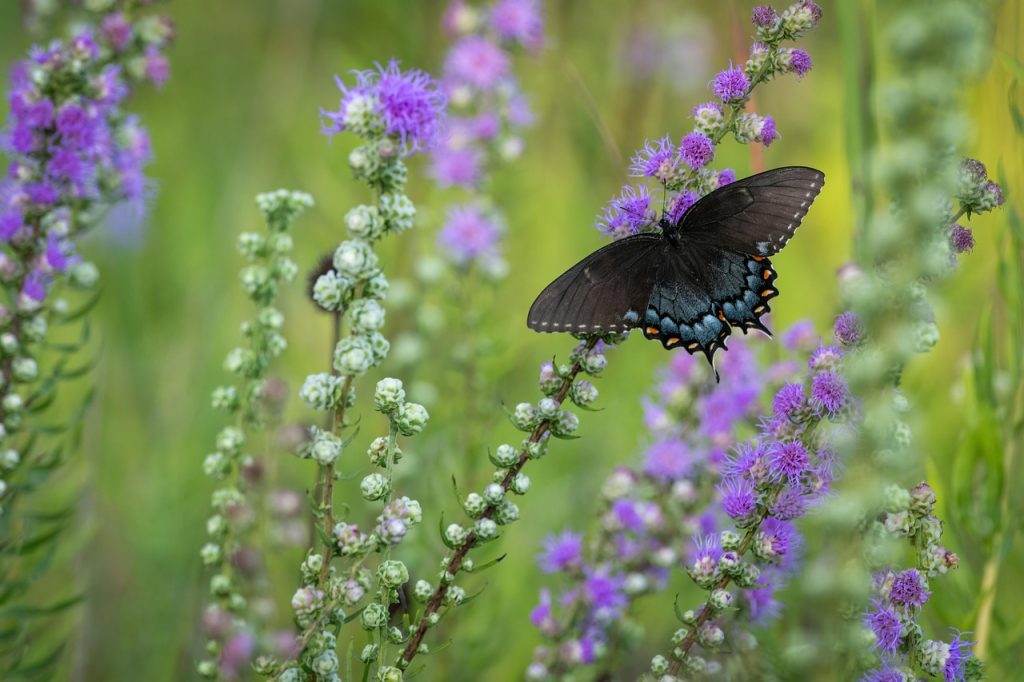Due to climate change, habitat destruction, and pesticide use, butterfly populations worldwide are declining alarmingly. Once-thriving species are now facing the threat of extinction.

MIAMI, FL (MERXWIRE) – Scientific research and long-term monitoring data indicate a rapid decline in butterfly numbers across the globe. The population of the monarch butterfly (Danaus plexippus) in the United States has dropped by more than 80% over the past two decades. In the United Kingdom, butterfly populations have decreased by nearly 50% since 1976, with many species now on the brink of extinction. Similar trends have been observed in other parts of Europe, where grassland butterfly populations are plummeting, posing a severe threat to global ecosystems.
A recent study in the United States, based on 76,000 surveys, found that the total butterfly population in the country declined by 22% between 2000 and 2020. During this period, the number of species experiencing population declines outnumbered those with increasing populations by 13, highlighting a severe crisis for butterfly survival. Researchers analyzed data from 35 monitoring programs and discovered that butterfly numbers nationwide were decreasing at an average rate of 1.3% per year. Notably, 107 species had lost more than half of their population. Even in regions where some butterfly populations showed slight increases, such as the Pacific Northwest, these gains were primarily short-term bursts of reproduction in specific species, failing to counteract the overall decline.
Scientists believe climate change alters butterfly habitats, affecting their reproduction and food supply. Extreme weather conditions, such as droughts and storms, make survival increasingly tricky for butterflies. Furthermore, urbanization, agricultural expansion, and deforestation have led to significant habitat loss, making it harder for butterflies to find suitable plants for laying eggs and feeding.
Pesticide use is another major threat. Herbicides and insecticides kill butterflies directly and destroy the plants they depend on. For example, monarch butterfly larvae rely primarily on milkweed, but this essential plant has significantly declined due to agricultural development. In addition, competition and threats from invasive species further exacerbate the challenges faced by butterfly populations.
Restoring butterfly habitats is crucial for their conservation. Governments and environmental organizations should expand nature reserves and encourage the preservation of green spaces in both urban and rural areas to provide suitable environments for butterflies. Individuals can also contribute by planting native species, such as milkweed and flowering plants, in home gardens or community parks to attract butterflies and provide essential food sources.

Butterflies are ecologically valuable and crucial to global biodiversity and agricultural productivity. Without immediate action, many butterfly species may face extinction, leading to severe disruptions in ecological balance. We can help protect these beautiful yet fragile creatures through simple actions, such as planting butterfly-friendly plants and minimizing pesticide use.





